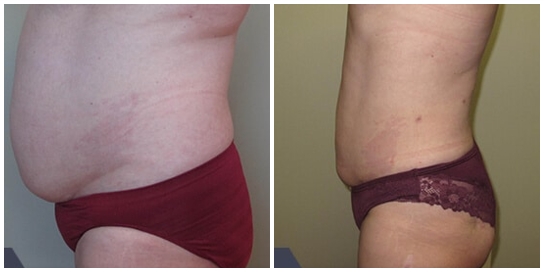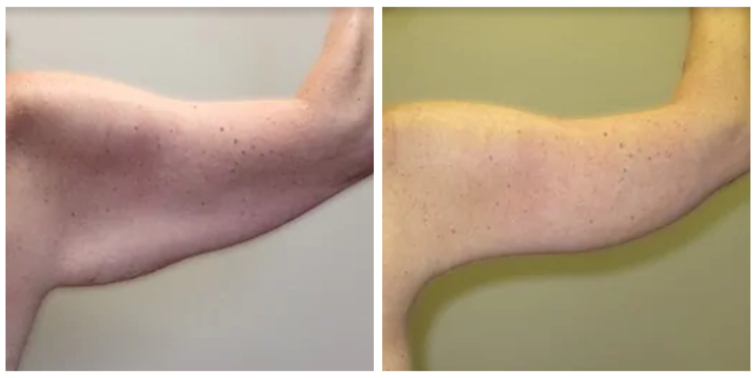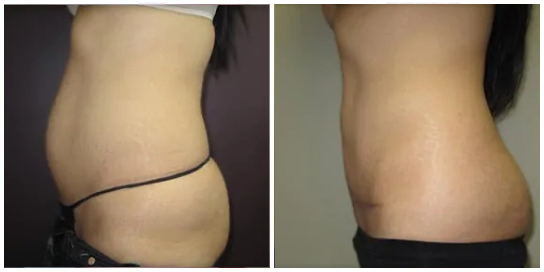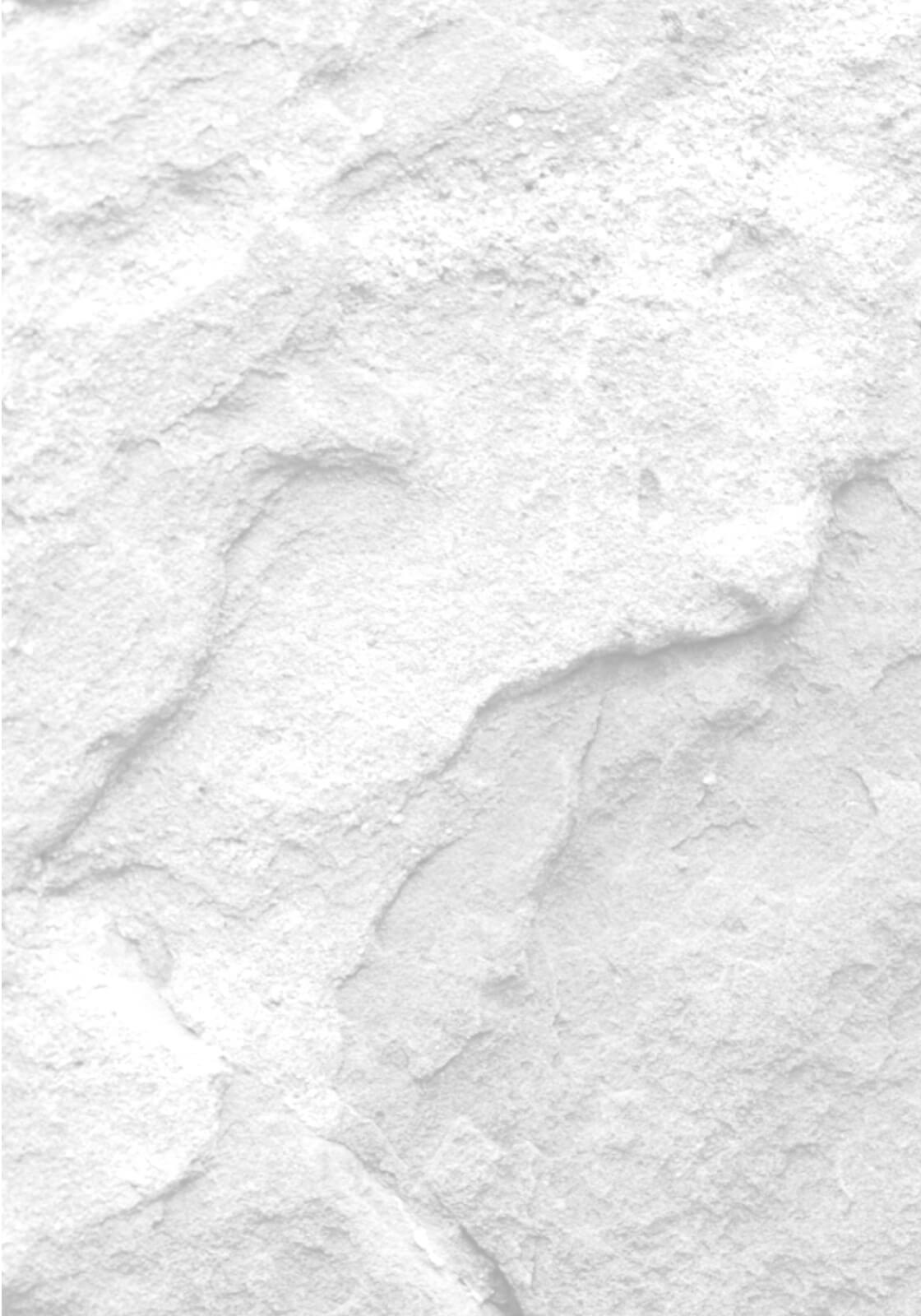Post Weight Loss Surgery
Conveniently located to serve the areas of Boulder, CO

Body sculpting following major weight loss or after weight reduction surgery involves surgically removing excess sagging skin and fat while improving the shape of the underlying support tissue. The result is a more normal appearance with smoother contours.
Dramatic weight loss has many benefits. However, after weight reduction surgery, or any substantial amount of weight loss, the skin and tissues often lack the elasticity to conform to the reduced body size.
Contents
- 1 Body contouring procedures may include:
- 2 Who is a Good Candidate?
- 3 Planning for Your Surgery
- 4 Preparing for Your Surgery
- 5 Risks and Complications
- 6 Where Your Surgery Will be Performed
- 7 Types of Anesthesia
- 8 After Your Surgery
- 9 Body contouring procedure steps
- 10 Body contouring defined
- 11 Schedule your Appointment
Body contouring procedures may include:
- Facelift: sagging of the mid-face, jowls, and neck
- Breast lift: sagging, flattened breasts
- Tummy tuck: apron of excess skin hanging over the abdomen
- Lower body lifts: sagging of the abdomen, buttocks, groin and outer thighs
- Medial thigh lift: sagging of the inner, outer and mid thigh
- Brachioplasty (arm lift): sagging of the upper arms
- Laser skin tightening
Who is a Good Candidate?
Individuals with a positive outlook – have reached and maintained their weight goal, and who are committed to leading a healthy lifestyle with proper nutrition and fitness are excellent candidates. Candidates must be in good health, receive surgical clearance from the bariatric surgeon and primary care physicians, must be free from active diseases, serious illness, and pre-existing medical conditions. The candidate must have realistic expectations of the outcome of the surgery. If you plan to become pregnant or if you have not yet achieved your weight loss goal, you should discuss these plans with Dr. Roesner before surgery.
NOTE: You may not be a candidate for surgery if you smoke, have recently quit smoking, or if you are exposed to second-hand smoke. Primary and secondary smoking decreases blood flow to the body’s tissues. This can result in prolonged wound healing, skin loss, infection, increased scarring, and a number of other complications depending on the kind of procedure performed.
Planning for Your Surgery
Communication is vital in reaching your goals. You will have the opportunity to discuss your goals and the results you’d like to achieve. Dr. Roesner will work with you to reach an understanding about what you can expect from this procedure and what long-term benefits you will experience. Every patient is different, and he will choose the surgical technique and treatment plan that is right for you.
During your initial consultation
- Provide a complete medical history. Include information about any previous surgical procedures; past and present medical conditions; and all medications or herbal supplements you are taking.
- Expect an examination of your abdomen, including the quality of your abdominal skin; the location of any existing scars; the amount and location of any excess fat; and the status of the underlying muscles.
- Be prepared to discuss possible risks and complications of the procedure.
Preparing for Your Surgery
You will be given specific instructions on how to prepare for your surgery. A pre-operative information packet will be provided that explains everything you should do and know before your surgery date. Dr. Roesner will instruct you on how to prepare for surgery, including guidelines on eating and drinking, smoking, and which vitamins and medications should be taken or avoided. You will be asked to sign consent forms to ensure that you fully understand the procedure and any risks and potential complications. You should arrange for someone to drive you home after your surgery, whether your surgery is done on an outpatient or inpatient basis. You may also want to make arrangements for someone to help you out for a day or two after you leave the hospital.
Risks and Complications
The decision to have surgery is extremely personal, and you will have to decide if the benefits will achieve your goals, and if the risks and potential complications of body contouring surgery are acceptable.
- Bleeding
- Infection
- Fluid accumulation
- Poor wound healing
- Skin loss
- Blood clots, deep vein thrombosis (DVT) and pulmonary embolism
- Excessive or widened scars
- Numbness or other changes in skin sensation
- Anesthesia risks
- Unfavorable scarring
- Residual skin laxity or contour irregularity
These risks and others will be fully discussed prior to your consent. It is important that you address all your questions directly with Dr. Roesner.
Where Your Surgery Will be Performed
Dr. Roesner has surgical privileges at North Suburban Medical Center, Rose Medical Center as well as St. Anthony Hospital. The majority of individual plastic surgery procedures are completed on an out-patient basis; however, in cases where additional procedures are performed – you may expect an overnight stay.
Types of Anesthesia
General anesthetic is used so that you will sleep and remain comfortable throughout the procedure.
After Your Surgery
What to expect during your recovery. It is very important that you follow your surgeon’s instructions. This will promote healing and improve progress towards your new physical appearance. Also, it is important that you attend all scheduled follow-up appointments so that your surgeon can assess your long-term results and answer any questions or concerns you may have.
Body contouring procedure steps
Find your surgeon
The procedures necessary to achieve your goals will be defined along with a plan for the timing of these procedures.
Plastic surgery procedures that may be recommended by your physician include:
- Lower body lift: to correct sagging of the abdomen, buttocks, groin and outer thighs
- Breast lift: to correct sagging, flattened breasts
- Arm lift: to correct sagging of the upper arms
- Thigh lift: to correct sagging of the inner, outer and mid thigh
Step 1 – Anesthesia
Medications are administered for your comfort during the surgical procedures. The choices include intravenous sedation and general anesthesia. Your doctor will recommend the best choice for you.
Step 2 – The incision
All body contouring procedures require large incisions to remove excess skin. In many cases, these incisions may be extensive.
Incision length and pattern depend on the amount and location of excess skin to be removed, as well as personal preference and your doctor’s surgical judgment. Advanced techniques usually allow incisions to be placed in strategic locations where they can be hidden by most types of clothing, but this is not always the case.
Body contouring is often performed in stages. Your particular condition and goals, as well as your plastic surgeon’s best judgment, will all influence how your doctor defines a surgical plan.
While it may have taken you two years or more to lose all the excess weight, it may take equally as long for the results of your body contouring to be complete.
Body lift
A complete lower body lift treats sagging buttocks, abdomen, waist, hips and outer thighs in one procedure.
Incision patterns vary, and may include a circumferential incision around the body to remove the “belt” of excess skin and fat.
Breast lift
The incision patterns for lifting a woman’s sagging breasts will be determined based on the amount of excess skin to be removed. These may include one or a combination of incisions in a circular pattern around the areola, in a line extending from the areola to the breast crease, and horizontally along the breast crease. A breast implant also may be recommended to enhance breast shape and size
Arm lift
Sagging skin in the upper arms is treated with an incision from the underarm area extending along the inside or back of the upper arm. Additional incisions on the arms may be necessary anywhere excess skin has formed sagging pockets.
The smoother, tighter contours that result from upper arm contouring are apparent almost immediately, although initially obscured by swelling and bruising. The ultimate scar will be more obvious when the arms are raised.
Thigh lift
Reshaping of the thighs is achieved through incisions in the groin that can extend downward to the knee along the inner portion of the thigh.
Improving contours of the outer thigh may require an incision extending from the groin around the hip. Through these incisions your plastic surgeon will tighten tissues for a smoother, thigh.
Body contouring defined
Areola: Pigmented skin surrounding the nipple.
Arm lift: A surgical procedure, also known as brachioplasty, to correct sagging of the upper arms.
Breast implants: Medical device placed in your body to enhance an existing breast size or to reconstruct your breast. Breast implants can be filled with either salt water (saline) or silicone (elastic gel).
Breast lift: Also known as mastopexy, surgery to lift the breasts.
Breast contouring: A surgical procedure following massive weight loss to improve shape and tone and remove excess fat and skin.
Circumferential incision: A surgical incision around the body to remove the “belt” of excess skin and fat and additional incisions that may resemble a bikini bottom pattern.
General anesthesia: Drugs and/or gases used during an operation to relieve pain and alter consciousness.
Hematoma: Blood pooling beneath the skin.
Intravenous sedation: Sedatives administered by injection into a vein to help you relax.
Local anesthesia: A drug injected directly to the site of an incision during an operation to relieve pain.
Lower body lift: Surgical procedure to correct sagging of the abdomen, buttocks, groin and outer thighs.
Macerated skin: Excess skin that hangs and becomes wet or infected underneath.
Medial thigh lift: A surgical procedure to correct sagging of the inner thigh.
Outer thigh lift: A surgical procedure to correct sagging of the outer and mid-thigh.
Sutures: Stitches used by surgeons to hold skin and tissue together.
Schedule your Appointment
And Meet Directly With Dr. Roesner to Discuss a Treatment plan to meet your Aesthetic and Skincare Goals.
Schedule AppointmentConsult fee is $100 – which will be applied to the cost of the procedure
(If scheduled within 90 days).





